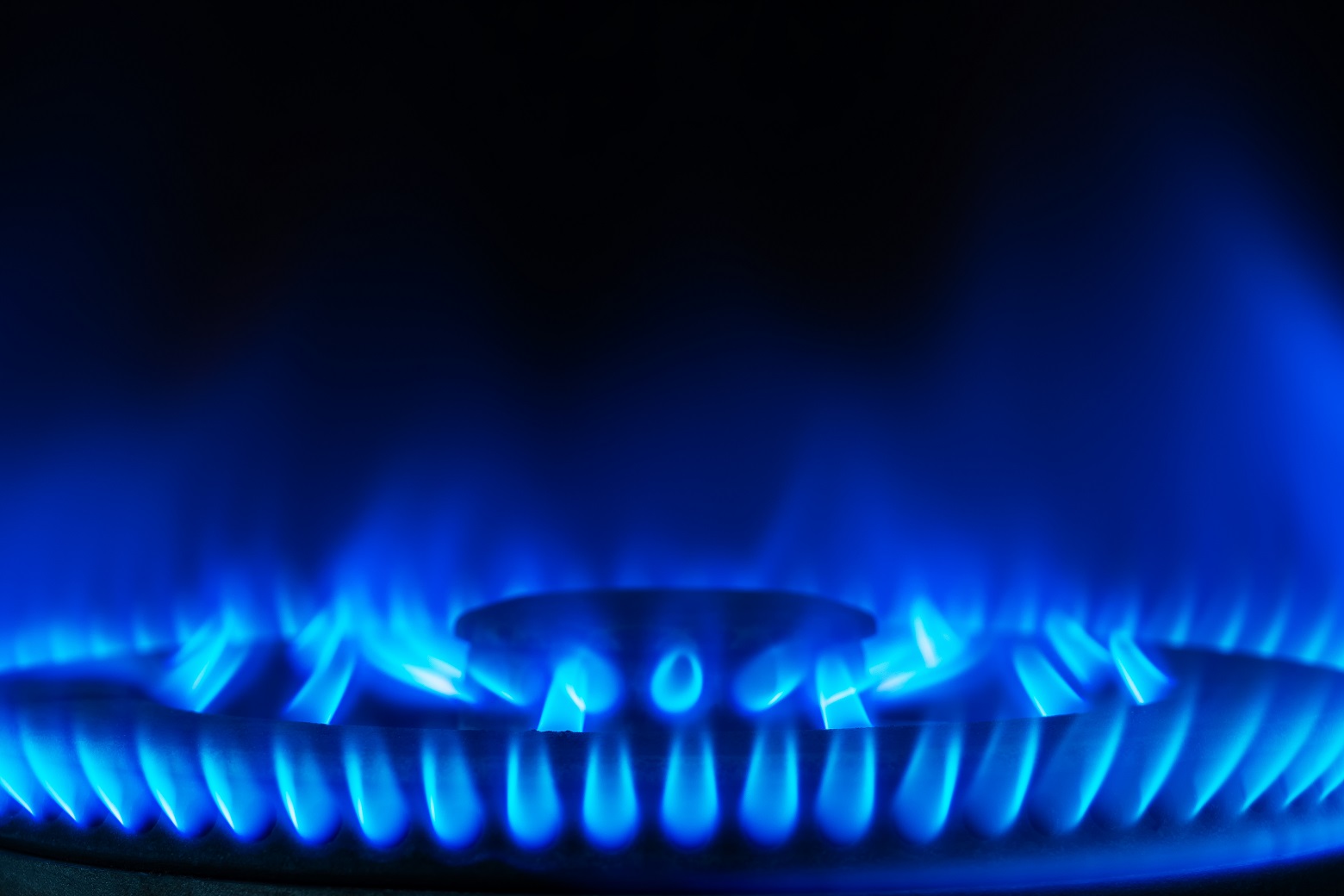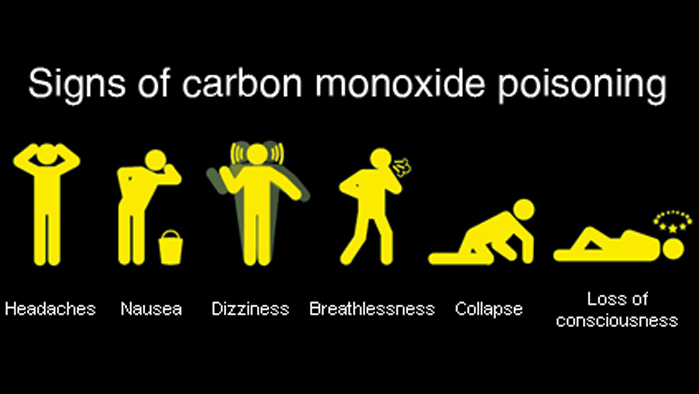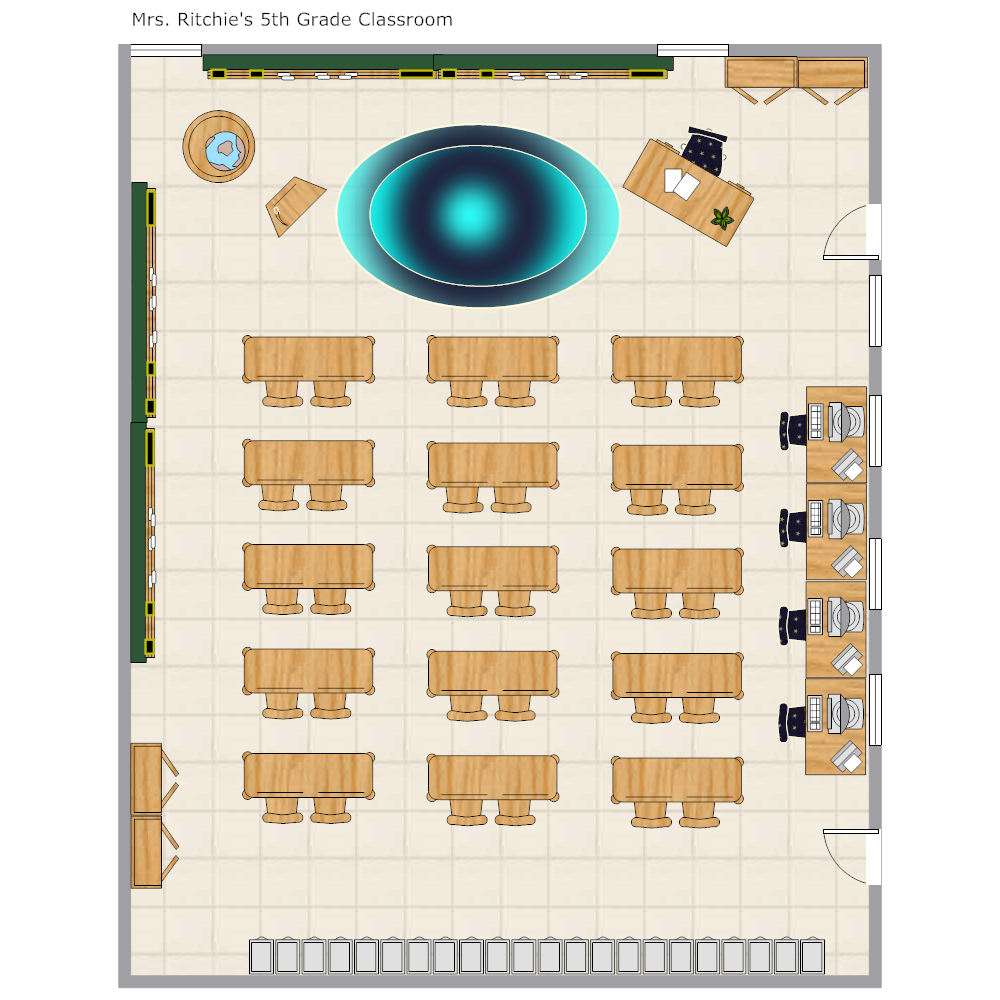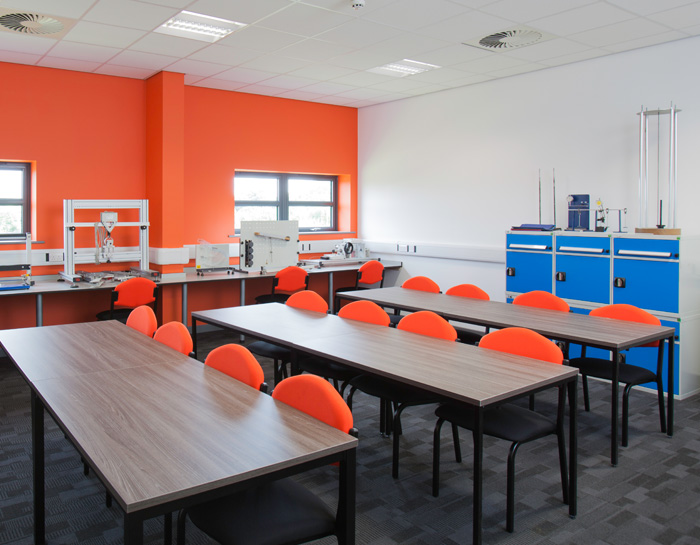Table Of Content

If you use a generator, don't use it inside your home or garage -- or even within 20 feet of any window or vent. All of these things can cause a buildup of carbon monoxide in your home. CO detectors measure the concentration of carbon monoxide in the air, triggering an alarm if it's high enough. There are several different kinds of CO sensors, including biometric gel, metal oxide semiconductor, and electrochemical. For more details on how exactly CO detectors work, check out our explainer.
Carbon Monoxide (CO) Poisoning Prevention NCEH CDC - CDC
Carbon Monoxide (CO) Poisoning Prevention NCEH CDC.
Posted: Tue, 03 Mar 2020 19:55:59 GMT [source]
Health Alerts from Harvard Medical School
By Tolu AjiboyeTolu Ajiboye is a health writer who works with medical, wellness, biotech, and other healthcare technology companies. Carbon monoxide is legal within the use limits prescribed by government health and safety bodies. Carbon monoxide poisoning can cause illness, hospitalization, and death. Because it has no odor or color, it often goes undetected, striking unsuspecting victims in sleep or states of drunkenness.
Common Causes of Carbon Monoxide in Homes
If they reach above 150 to 200 ppm, they may cause disorientation, unconsciousness, and death. According to the Centers for Disease Control and Prevention (CDC), over 400 Americans die every year from accidental CO poisoning that does not result from fires. There are also more than 20,000 emergency room visits and over 4,000 hospitalizations.
Avoid using portable generators indoors
The most effective means of prevention in the home is a carbon monoxide alarm. They are readily available online and in most hardware stores, ranging in price from $20 for a plug-in monitor to $80 for a combination CO/smoke alarm. In severe cases, a hyperbaric chamber may be used, which can deliver 100% oxygen in a high-pressure environment. Hyperbaric oxygen clears CO from the blood nearly four times faster than oxygen delivered at normal atmospheric pressure. It also allows oxygen to partially bypass hemoglobin and be delivered directly to tissue.
Man dead, 6 in hospital after accidental carbon monoxide poisoning at Kitchener, Ont. home - CTV News Kitchener
Man dead, 6 in hospital after accidental carbon monoxide poisoning at Kitchener, Ont. home.
Posted: Tue, 19 Dec 2023 08:00:00 GMT [source]
© 2024 Harvard Health Publishing® of The President and Fellows of Harvard College
Consider hard flooring instead, or use throw rugs you can clean outside your home. If you can’t get rid of your carpet, use a vacuum with a HEPA filter on it at least three times a week, and steam clean it every year. Medium exposure can cause you to experience a throbbing headache, drowsiness, disorientation, and an accelerated heart rate. Vehicle exhaust fumes from attached garages also can become CO hazards.
In fact, any perforation in the exhaust manifold of a car or boat can allow CO to flood the interior. If you are a renter in a place that requires carbon monoxide alarms but your home doesn’t have one, contact the local or state office that handles tenant complaints. As part of an overall diagnosis, medical professionals may order an electrocardiogram (ECG) to check for ischemia, irregular heart rhythms, and assess overall heart function.
Carbon monoxide poisoning is sickness from breathing in too much carbon monoxide. Carbon monoxide can hurt you because it prevents oxygen in your blood from reaching your cells. All areas of the body suffer from this toxicity, but the most vulnerable tissues to this suffocation are the organs that use the most oxygen, like the brain and heart. The developing nervous system is particularly sensitive to carbon monoxide. People with ongoing cardiovascular or respiratory disease may also be compromised and unable to fight off the effects of carbon monoxide.
What color is your tongue? What's healthy, what's not?

For example, pupil constriction in the eye might predict how the brain will react more than 30 days after exposure. Common household appliances used for heating and cooking can produce carbon monoxide if they are not installed properly, are faulty, or are poorly maintained. Using kerosene heaters or charcoal grills indoors, or running a car in a garage can cause CO levels to rise high enough to result in death or serious illness. In a typical year, nearly 400 Americans die from carbon monoxide poisoning, usually in their own home or car.
Chest pain
This treatment increases oxygen levels in the blood and helps to remove CO from the blood. Your doctor will place an oxygen mask over your nose and mouth and ask you to inhale. If you’re unable to breathe on your own, you’ll receive oxygen through a ventilator. If you use these appliances in your home, you should place a CO detector near these appliances.
Death may occur as a result of effects on the heart or respiration, including respiratory arrest. Short-term exposure to CO can also cause death in severe circumstances. DON’T ignore symptoms, particularly if more than one person is feeling them. DO GO TO AN EMERGENCY ROOM and tell the physician you suspect CO poisoning.
If a person’s symptoms are severe, they may require hospitalization. Hospital treatments include the delivery of 100% oxygen through a mask. DON'T sleep in any room with an unvented gas or kerosene space heater. When winter temperatures plummet and home heating systems run for hours the risk of carbon monoxide (CO) poisoning increases. A variety of fumigants, including carbon monoxide, are used to kill rodents in agriculture. Carbon monoxide kills rodents by reducing the amount of oxygen transmitted to their cells.
Sometimes the poisoning effects are described as similar to flu symptoms. Too much inhaled carbon monoxide can cause loss of consciousness and death. Infants, the elderly, people with chronic heart disease, anemia, or breathing problems are more likely to get sick from CO. Each year, more than 400 Americans die from unintentional CO poisoning not linked to fires, more than 100,000 visit the emergency room, and more than 14,000 are hospitalized. Use gas stoves, dryers, water heaters, and furnaces in well-ventilated areas, and make sure they’re installed correctly.
If you see, smell or sense anything is "off," get it checked out immediately. Whichever kind of CO detector you have, be sure to put it where you will hear the alarm while you're sleeping. A good CO detector, in addition to detecting sudden spikes, will detect even low levels of CO over a period of time. This could indicate a slow leak of the gas somewhere in your home. Riding in the back of a pickup truck is a common cause of carbon monoxide poisoning in children. Similar, idling your car in winter can poison passengers if the exhaust pipe is blocked with snow.
Ischemia is a lack of blood supply to the heart, a condition that can be life threatening. Typically, well-maintained household appliances should produce negligible quantities of CO gas. Using old appliances and not servicing them frequently leads to a higher risk of CO emission.






















